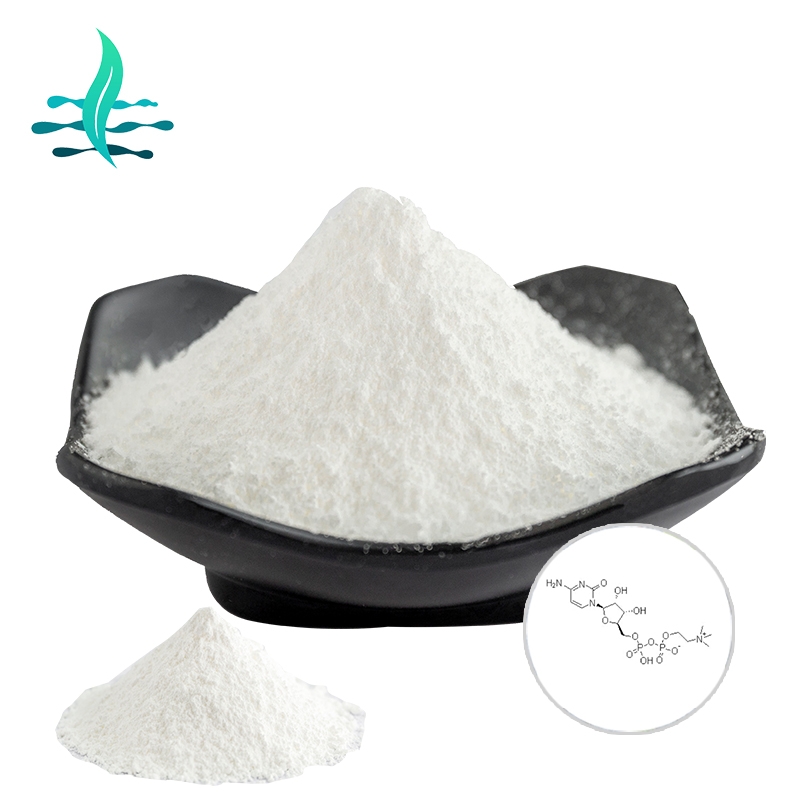-
Categories
-
Pharmaceutical Intermediates
-
Active Pharmaceutical Ingredients
-
Food Additives
- Industrial Coatings
- Agrochemicals
- Dyes and Pigments
- Surfactant
- Flavors and Fragrances
- Chemical Reagents
- Catalyst and Auxiliary
- Natural Products
- Inorganic Chemistry
-
Organic Chemistry
-
Biochemical Engineering
- Analytical Chemistry
- Cosmetic Ingredient
-
Pharmaceutical Intermediates
Promotion
ECHEMI Mall
Wholesale
Weekly Price
Exhibition
News
-
Trade Service
Given the widespread impact of RNA silencing on the
Arabidopsis thaliana
genome, it is indeed remarkable that this means of gene regulation went undiscovered for so long. Since the publication of landmark papers in 1998 (Fire et al., Nature 391:806–811, 1998; Waterhouse et al., Proc Natl Acad Sci U S A 95:13959–13964, 1998), intense research efforts have resulted in much progress from the speculation of Mello and colleagues that “the mechanisms underlying RNA interference probably exist for a biological purpose” (Fire et al., Nature 391:806–811, 1998). Across the eukaryotic kingdom, with the notable exception of
Saccharomyces cerevisiae
(Moazed,
Science
326:544–550, 2009), the importance of small RNA-driven gene regulation has been recognized and implicated in central developmental processes as well as in aberrant and diseased states. Plants have by far the most complex RNA-based control of gene expression (Wang et al., Floriculture, ornamental and plant biotechnology, vol. III, 2006). Four distinct RNA silencing pathways have been recognized in plants, albeit with considerable conservation of the molecular components. These pathways are directed by various small RNA species, including microRNAs (miRNAs),
trans
-acting small interfering RNAs (siRNA) (ta-siRNAs), repeat-associated siRNAs (ra-siRNAs), and natural antisense transcript siRNAs (nat-siRNAs). The effective functionality of each of these pathways appear to be fundamental to the integrity of
A. thaliana
. Furthermore, in response to viral invasion, plants synthesize viral sRNAs as a means of defense. This process may in fact reflect the ancient origins of RNA silencing: plants may have evolved RNA silencing pathways as a defense mechanism against foreign nucleic acid species in the absence of an immune system (Wang and Metzlaff, Curr Opin Plant Biol 8:216–222, 2005). The generation of viral siRNAs is a particularly interesting illustration of RNA silencing as it provides a context to explore the potential to harness a naturally occurring system to the end goal of artificially engineering viral resistance.







